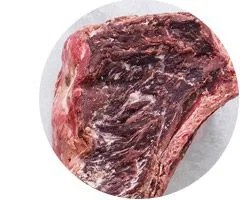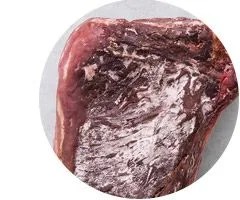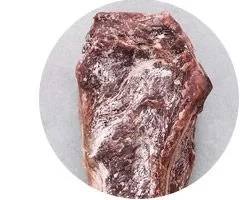We’ve been eating through our share of burgers, ‘cue and jerky recently — we’re literate in beef. But when it comes to aging meat, you need to talk to the beef cognoscenti, and Pat LaFrieda is a card-carrying member: butchery goes back more than 100 years in his family. He shared this excerpt from his new book, Meat: Everything You Need to Know.
Dry aging is a process where steaks are hung or put on racks in a temperature- and humidity-controlled room for 21 to 120 days in order to tenderize the meat and make it more flavorful. Through the process of dry aging, the moisture is drawn out of the meat, so the flavor becomes concentrated. Also, in the process of aging, the steak’s natural enzymes work to break down collagen in the meat, essentially decomposing it. Collagen is what makes muscle tough, so when it starts to break down, the meat becomes tender. An aged steak can be so tender that you could stick your finger right through it. Dry-aged beef has a sweet, corn-like smell similar to that of cooked beer.
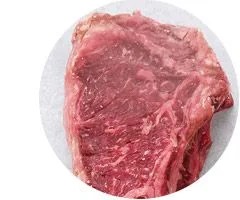
7 days: The collagen has just begun to break down, but the steak won’t have the flavor or texture qualities that you are looking for in a dry-aged steak. Steak is not sold aged to this stage. The meat is still fairly bright, but it will darken as it ages and becomes drier.
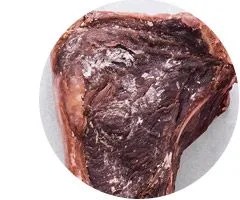
21 days: The steak loses 10 percent of its weight in the first three weeks through evaporation. The water seeps out the front and the back of the meat, but the fat and bone on the sides of the steak make the sides waterproof. Because the meat shrinks, the steak will become more concave as it ages. Although the fat doesn’t shrink, it does darken in the aging process.
